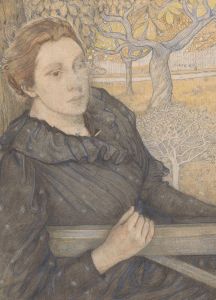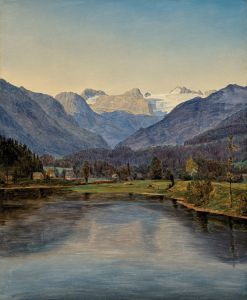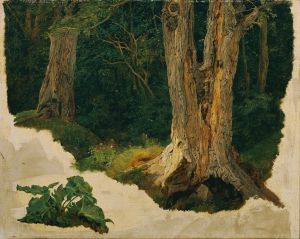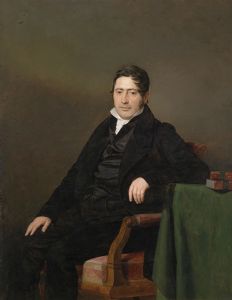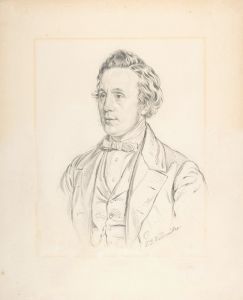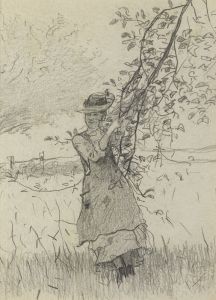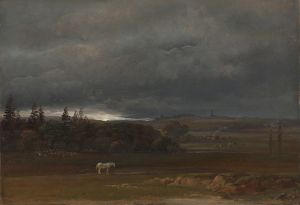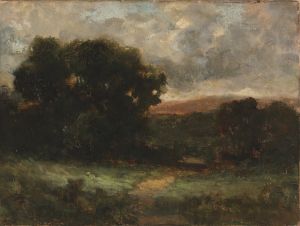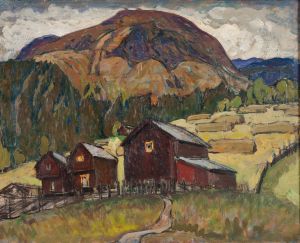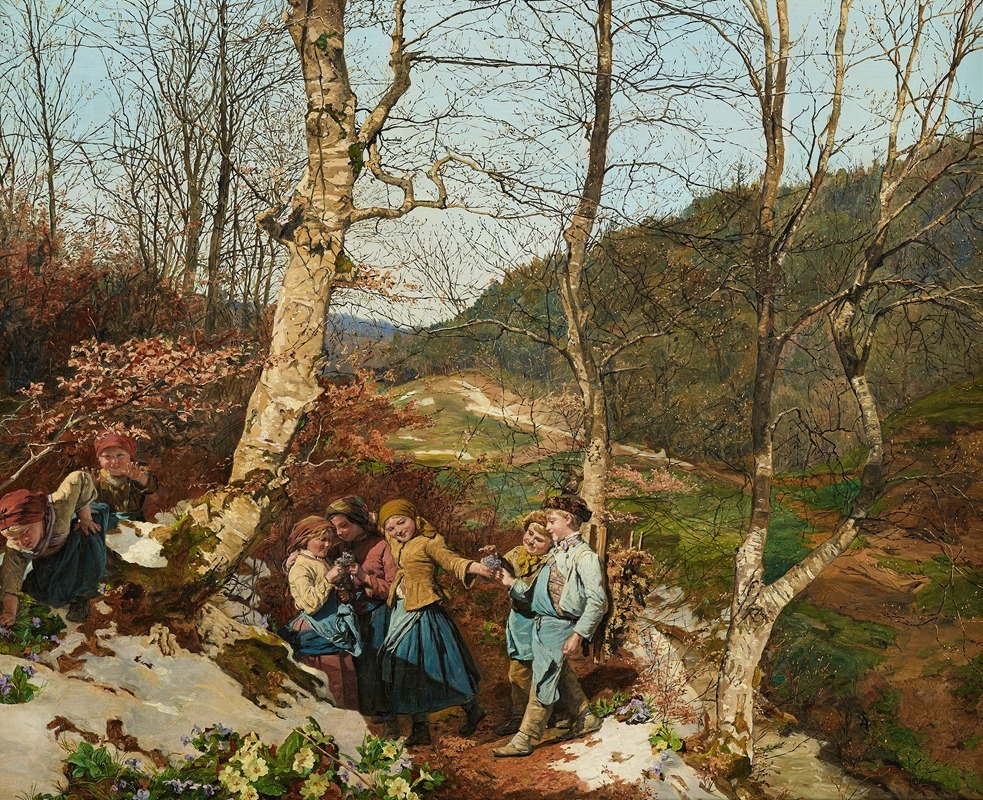
Early spring in the Vienna Woods
A hand-painted replica of Ferdinand Georg Waldmüller’s masterpiece Early spring in the Vienna Woods, meticulously crafted by professional artists to capture the true essence of the original. Each piece is created with museum-quality canvas and rare mineral pigments, carefully painted by experienced artists with delicate brushstrokes and rich, layered colors to perfectly recreate the texture of the original artwork. Unlike machine-printed reproductions, this hand-painted version brings the painting to life, infused with the artist’s emotions and skill in every stroke. Whether for personal collection or home decoration, it instantly elevates the artistic atmosphere of any space.
"Early Spring in the Vienna Woods" is a painting by the Austrian artist Ferdinand Georg Waldmüller, created in 1864. Waldmüller, born on January 15, 1793, in Vienna, was a prominent figure in the Biedermeier period, known for his detailed and realistic landscapes and genre scenes. His works often depicted the natural beauty of the Austrian countryside and the daily lives of its inhabitants.
This particular painting, "Early Spring in the Vienna Woods," captures the serene and rejuvenating atmosphere of the Vienna Woods as winter transitions into spring. The Vienna Woods, or Wienerwald, is a forested highland region that forms the northeastern foothills of the Alps and is located near Vienna, Austria. It has been a source of inspiration for many artists, poets, and musicians due to its picturesque landscapes and tranquil environment.
In "Early Spring in the Vienna Woods," Waldmüller employs his characteristic attention to detail and mastery of light to depict the subtle changes in nature as the season shifts. The painting features a forest scene with trees beginning to bud and patches of snow still visible on the ground, indicating the lingering presence of winter. The soft light filtering through the trees suggests a gentle warmth, hinting at the arrival of spring.
Waldmüller's technique in this painting showcases his ability to capture the delicate interplay of light and shadow, creating a sense of depth and realism. His use of color is meticulous, with a palette that reflects the muted tones of early spring, transitioning from the cold blues and whites of winter to the warmer greens and browns of the emerging season. The composition is balanced, drawing the viewer's eye through the scene and inviting them to experience the quiet beauty of the forest.
Throughout his career, Waldmüller was known for his dedication to naturalism and his belief in the importance of studying nature directly. He often ventured into the countryside to observe and sketch the landscapes, flora, and fauna, which he later incorporated into his paintings with great accuracy. This commitment to realism is evident in "Early Spring in the Vienna Woods," where every element of the scene is rendered with precision and care.
Ferdinand Georg Waldmüller's contributions to art extend beyond his paintings. He was also an influential teacher and writer, advocating for the improvement of art education and the recognition of landscape painting as a significant genre. His works are considered an important part of Austrian cultural heritage and are held in high regard by art historians and enthusiasts alike.
"Early Spring in the Vienna Woods" exemplifies Waldmüller's skill in capturing the essence of the natural world and his ability to convey the subtle beauty of seasonal transitions. The painting remains a testament to his talent and his deep appreciation for the landscapes of his homeland. Today, Waldmüller's works can be found in various museums and collections, continuing to inspire and captivate audiences with their timeless beauty and meticulous craftsmanship.







